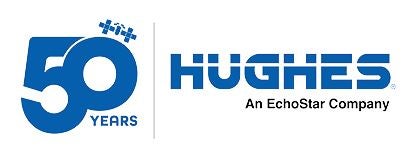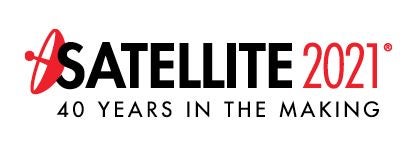

Looking into the future, 25 years is near enough that we do not need a crystal ball to imagine how the developing tech trends of today will come to fruition and enable further innovations. Software-defined satellites, artificial intelligence, optical links, higher frequencies, satellites in Low-Earth Orbit (LEO) — all of these are technologies in development now that will be at the forefront of the satellite communications network of the future.
In 2046, Hughes Network Systems JUPITER 3 satellite will have likely completed its operational lifespan — about 20 years after its launch in 2022. While in orbit, this Very High Throughput Satellite (VHTS) will have an audience to and be a part of a revolution in satellite networks. The top engineering minds of Hughes say that in the future, satellite networks will consist of Geostationary (GEO) and Non-Geostationary (NGSO) satellites that are able to interface seamlessly with terrestrial networks and even High Altitude Platform Systems (HAPS).
Although the satellite industry is in the early phases of a LEO revolution, and more broadband and sensing LEO satellites fill the sky each month, these experts agree that GEO satellites — JUPITER 3’s successors — will be a crucial part of future connectivity.
“At Hughes, we see the complementary nature of GEO satellites and LEO satellites,” says Adrian Morris, Hughes chief technology officer. “The emergence of Very High Throughput GEO satellites, which target the higher density populations, and the complementary nature of broadband LEOs will tackle the global coverage. I think that combination is going to be pretty powerful.”
Morris, who joined Hughes in 1982, has been a part of every major system design since he has been with the company. He leads the JUPITER project and believes that JUPITER 3, which will be one of the first satellites to utilize the V- and Q-bands, is an example of emerging technologies that will be in more widespread use in the future.
Hughes engineering experts agree with each other — as launch costs continue to decrease and onboard computing power increases, GEO satellites of the future will be much larger than they are today. These satellites will have greater power, offering multiple terabytes of capacity, onboard processing, and advanced beamforming capabilities to concentrate capacity over a given region. The satellites will have inter-satellite links, likely optical, and operate either in Q- V- or W-bands.
Stan Kay, Hughes vice president of engineering, has been a part of decades of changes in the satellite industry over his 40-year career at Hughes. As vice president of engineering, Kay is part of the Advanced Development group and interfaces with prime contractors in the design and manufacture of Geostationary satellites for Hughes. When he looks to the future, he envisions some Geostationary satellites so big that they have to be launched in parts on enormous launch vehicles like SpaceX’s Falcon Heavy and assembled on-orbit, like the International Space Station (ISS) — possibly even by robots.
“If I had my way,” Kay says, envisioning a Hughes GEO satellite in 2046, “it would be this monstrous thing constructed on orbit with gigantic antennas and multiple terabytes of capacity, using all kinds of onboard processing, latest signal processing algorithms — all the above.”
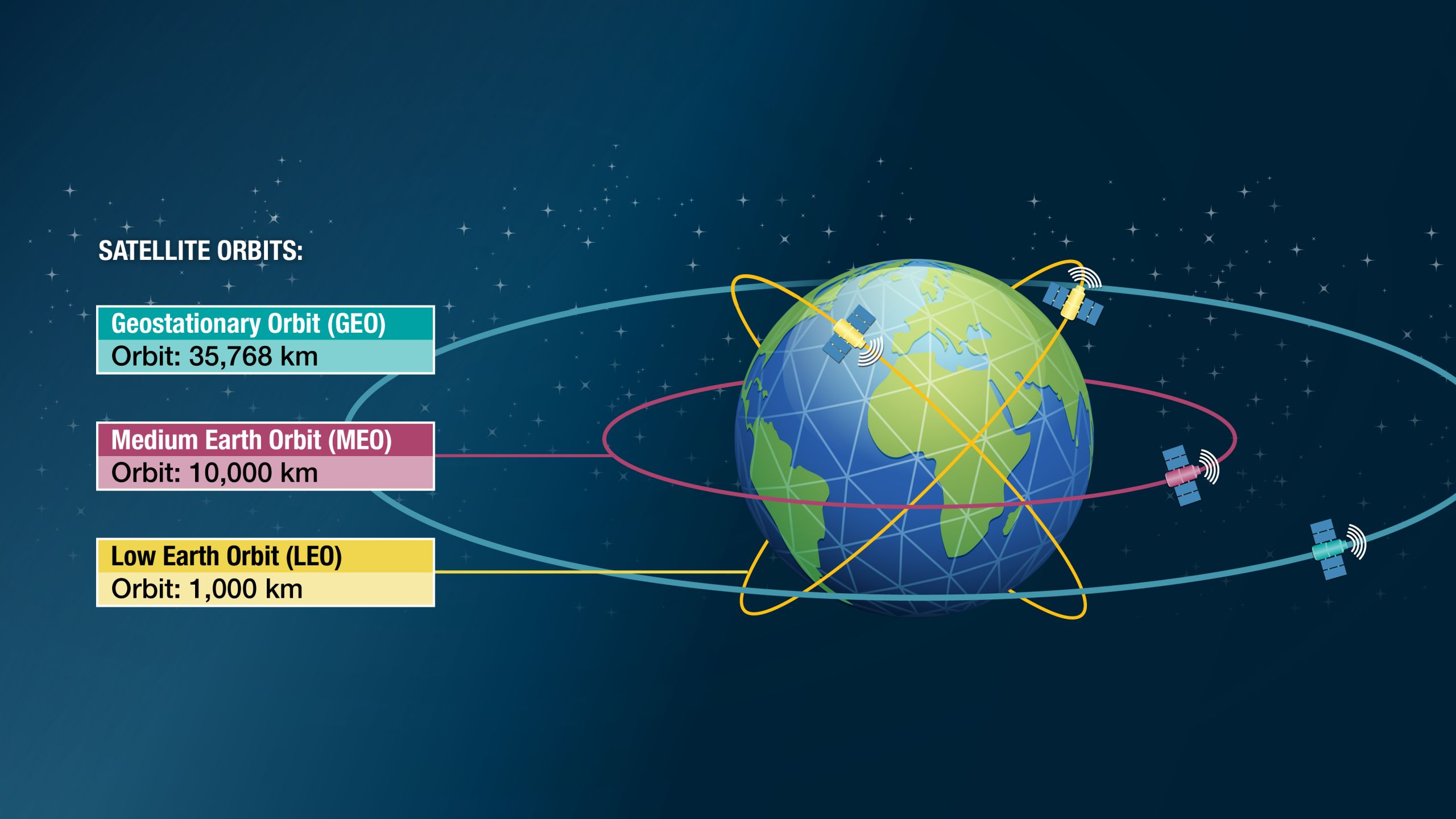
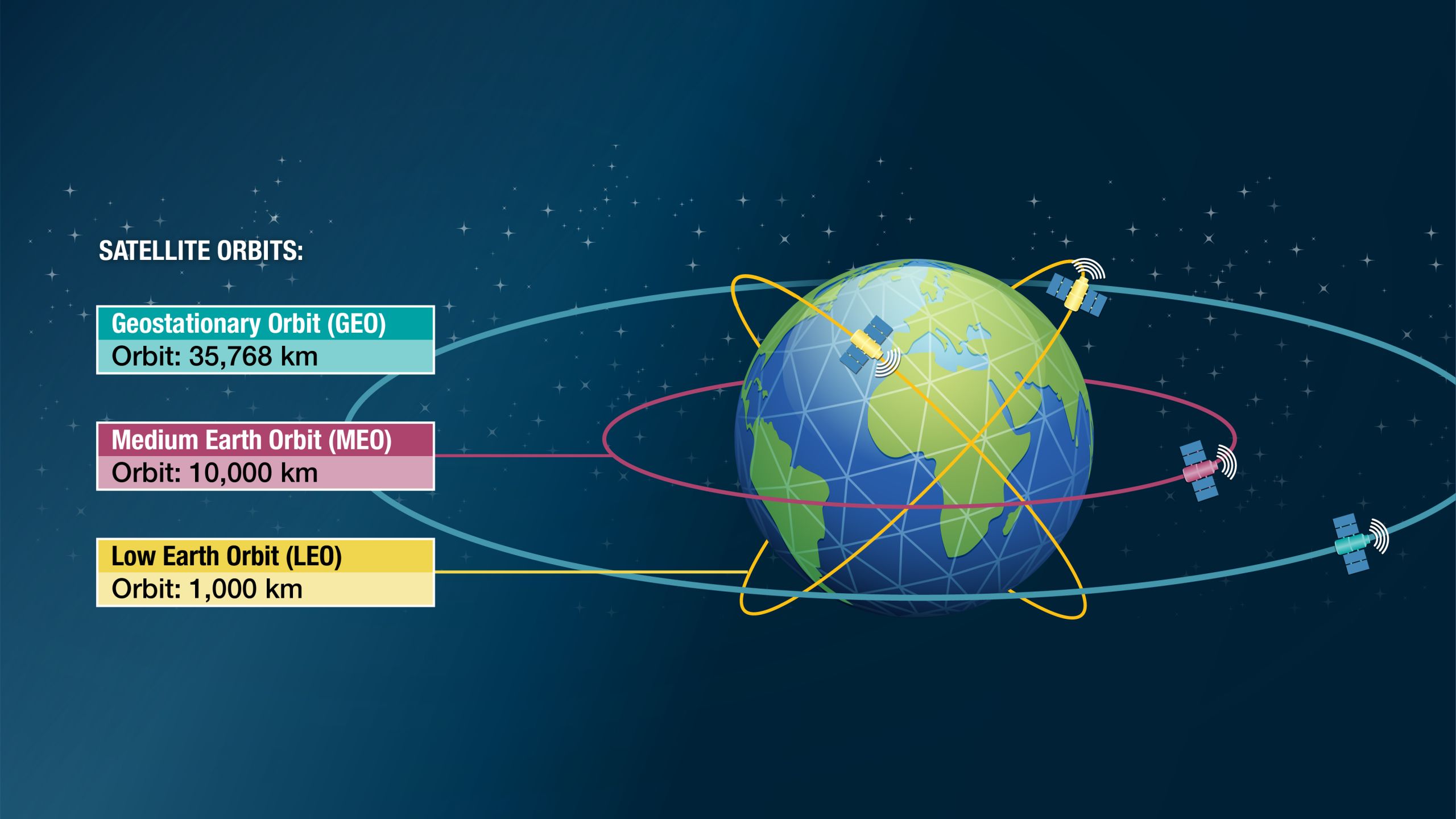
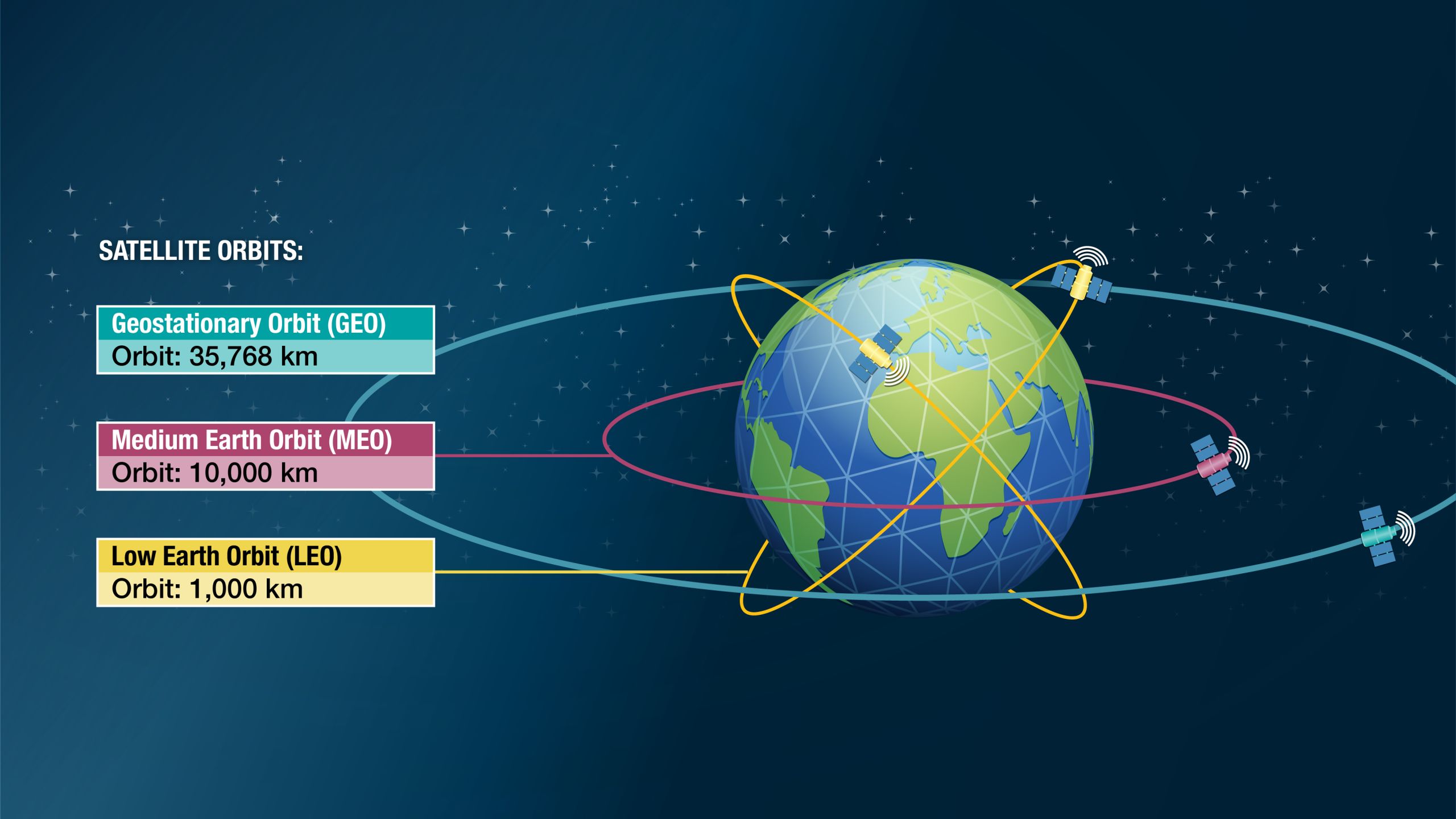
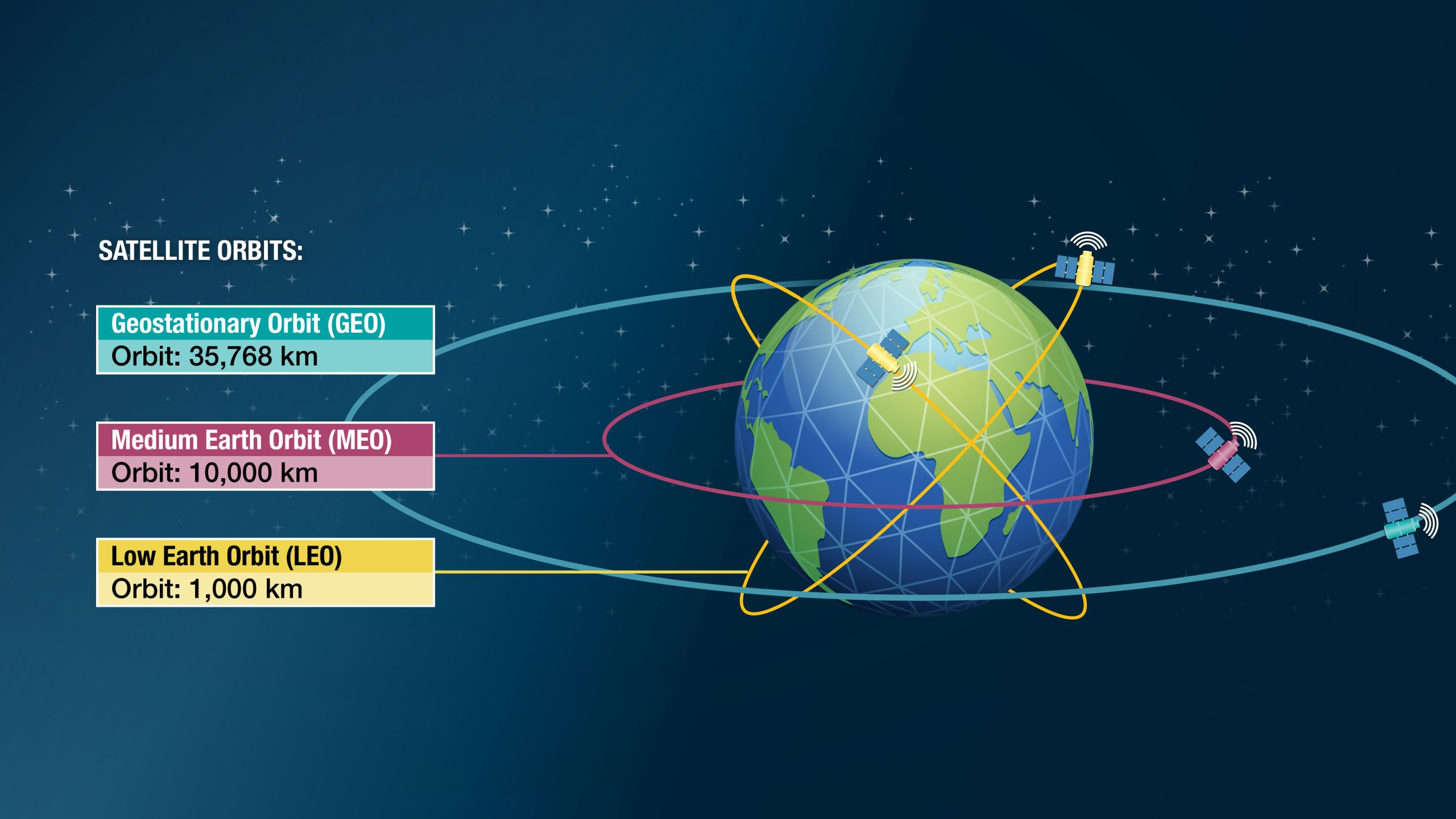
“Phased arrays are going to be the name of the game. I hope that when you look at the roof of Hughes Network Systems 25 years down the road, it won’t be filled with dishes. It may be filled with phased arrays.”
– C.S. Ravishankar, Vice President of Engineering, Hughes

Various innovations are needed beyond the evolution of tech onboard satellites in order to make the most of the capacity that will be available in a multi-orbit future. C. S. Ravishankar, Hughes vice president of engineering, details how ground segment tech and artificial intelligence will enable the connected future.
“In 25 years, all of the user terminals in the satellite world will be multi-band, multi-radio access technology with multiple beamforming technologies in the user terminal,” Ravishankar says. “Satellite user terminals will be capable of not only talking to a GEO satellite, but also to a MEO and LEO satellite simultaneously. Plus, it will be able to talk to a cellular system.”
Although this type of user terminal can be built today, it is very expensive and cost prohibitive for individual end users. Ravishankar is confident that advancements in chip fabrication technology and widespread adoption will drive the price down, much like how the cost of a cell phone has fallen over time. In addition, he believes artificial intelligence rule-making inside the user terminals will choose the mode of transport to provide the best connectivity for the user experience.
“The terminal will pick a particular radio access technology, depending on the application that the user terminal is invoking at any given point of time,” Ravishankar says. “A very fast response time is needed for gaming service, so it could pick terrestrial. Whereas for web browsing, it could pick a LEO satellite, and for any broadcast type of download, it could pick a GEO satellite. Each one is optimal for that particular use.”
Joe Bogosian, director of Global Sales and Marketing for Boeing Satellites, examines the pace of change in the satellite industry, with software-defined technology and smallsats.
Joe Bogosian, director of Global Sales and Marketing for Boeing Satellites, examines the pace of change in the satellite industry, with software-defined technology and smallsats.

Future GEO and LEO networks will be able to deliver connectivity everywhere — even to remote areas.
Future GEO and LEO networks will be able to deliver connectivity everywhere — even to remote areas.
A Hyper-Connected Future
When Rajeev Gopal, vice president of Advanced Programs, looks to this hyper-connected future, he sees a time when the right capacity can be delivered anywhere at the right time – to address the digital divide.
“If [roughly] half of the population is not connected, we have just tapped into half of our potential,” Gopal says. “Imagine the workforce, how many more engineers, scientists, doctors, teachers, journalists, and writers will be able to join the workforce when we involve everyone?”
The connected future we envision today will be possible in 25 years with the amount of capacity available, and the technology to harness it. But what might this look like?
In 25 years, the videoconferencing that became pervasive during the global COVID-19 pandemic will seem quaint, as we will use holographic 3D projections for remote work, remote health care, and other uses like remote mechanical diagnostics on airplanes.
In the realm of transportation, Gopal envisions a connected highway with autonomous cars. Low-latency satellite connectivity can enable remote drivers to step in for situational awareness if there is an outage of wireless connectivity to the vehicles. With global coverage of LEOs and GEOs, he believes planes and ships anywhere in the world, even in remote Arctic regions, will have connectivity.
And the connected future won’t just be faster video streaming and the ability to use cellphones anywhere, but the Internet of Things (IoT) in remote areas, which is beginning to take shape today. In the future, any farm can be monitored by sensors sending a stream of data on hydration, or monitor the speed of glaciers melting in the Himalayas, Gopal says.
“Ultimately, all the technology trends will be driven by what the customers need,” Gopal says. “Customers need not just the best low-delay transport, also affordability, so that the digital divide can be narrowed. The right capacity at the right time can digitize various facets of life, whether it's entertainment, education, climate science, or just watching Netflix and YouTube. Everything is important in this day and age, and being able to provide the right transport is critical.”
This connectivity will expand beyond Earth as well. These engineering experts all agree that human research and commercial travel to the Moon will be widespread in 2046, enabled by public/private partnerships. They are even confident that humans will reach Mars by this time, and that Geostationary satellites and inter-satellite links will facilitate communication with people and robot spacecraft both on the Moon and on Mars.
“Public and private partnerships have done so many wonderful things in the last few years. In 25 years, we will definitely have people on Mars and on the Moon, and we will be talking to them,” Gopal says. “GEO satellites will become even more important, not just for Earth, but they would be the launchpad so that we can talk to people on the Moon. I don't know how many people will be able to go to the Moon, but I'm confident that there will be many more people visiting regularly.”
In order to look forward, Kay reflects on his 40-year career at Hughes. In his view, as much as things have changed and the world has become more connected, the essential parts of life have stayed the same. “People are still people,” he says. “We care about our families. We care about our homes, to have a safe place for our kids. We want to be able to feed them and clothe them and do all those wonderful things. That hasn't changed in my lifetime. I'd like to think that if I were around [in 2046] — I'd recognize it.”
But how will Hughes evolve with the space industry, to position itself for success in 2046? Gopal believes the key is in nurturing the young talent to continue the company’s innovations for decades to come. The Hughes engineers interviewed for this piece have all spent decades at the company, and Gopal looks to the advancements that can be made over a long career at the company.
“Being able to hire and motivate young people is the only thing which drives innovation today. Innovation is not something you just do for one, two, or three years,” he says. “25 years from today, we will have the next generation of leaders at Hughes. We have to attract the right talent, to nurture them, and share with them the excitement of what we did 20 and 30 years ago.”
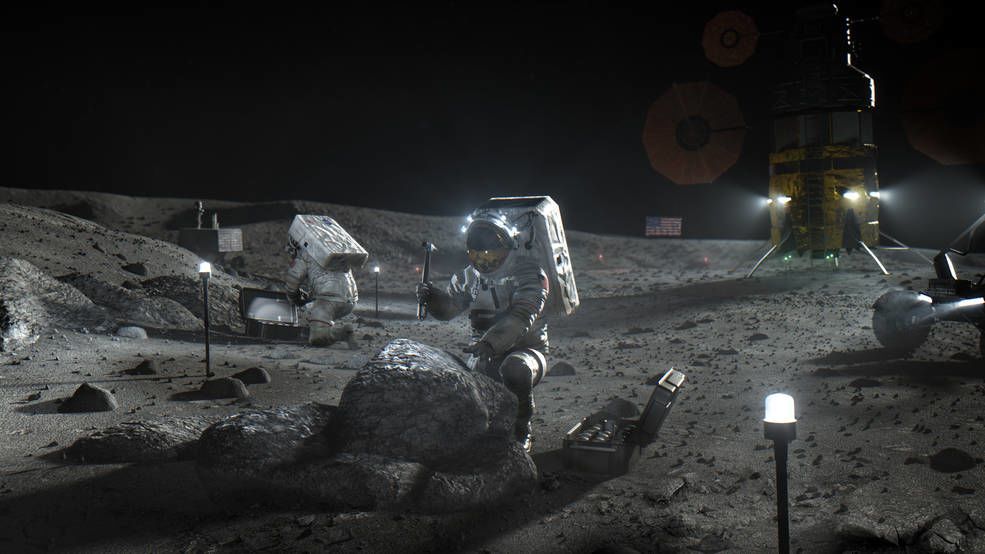
Moon Walk, NASA
Moon Walk, NASA
Jack Shaw
Jack Shaw

To learn more about Hughes, please visit www.Hughes.com.
